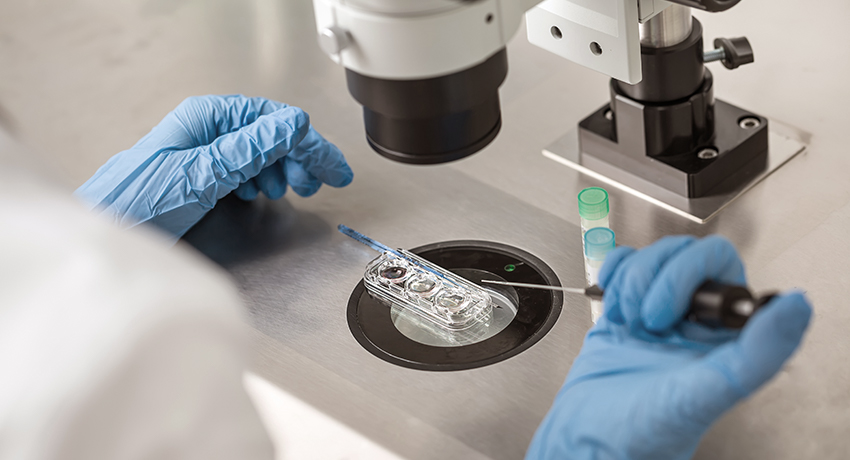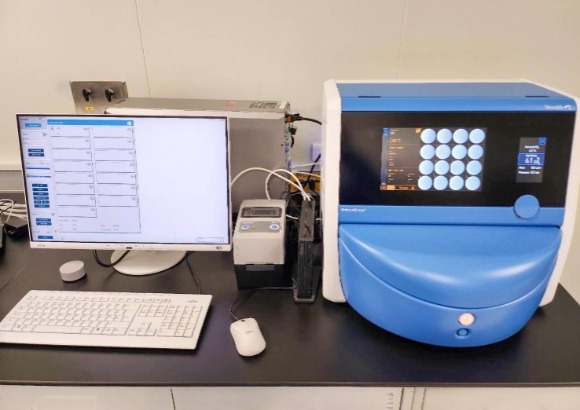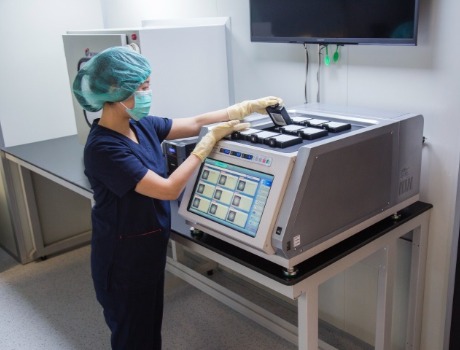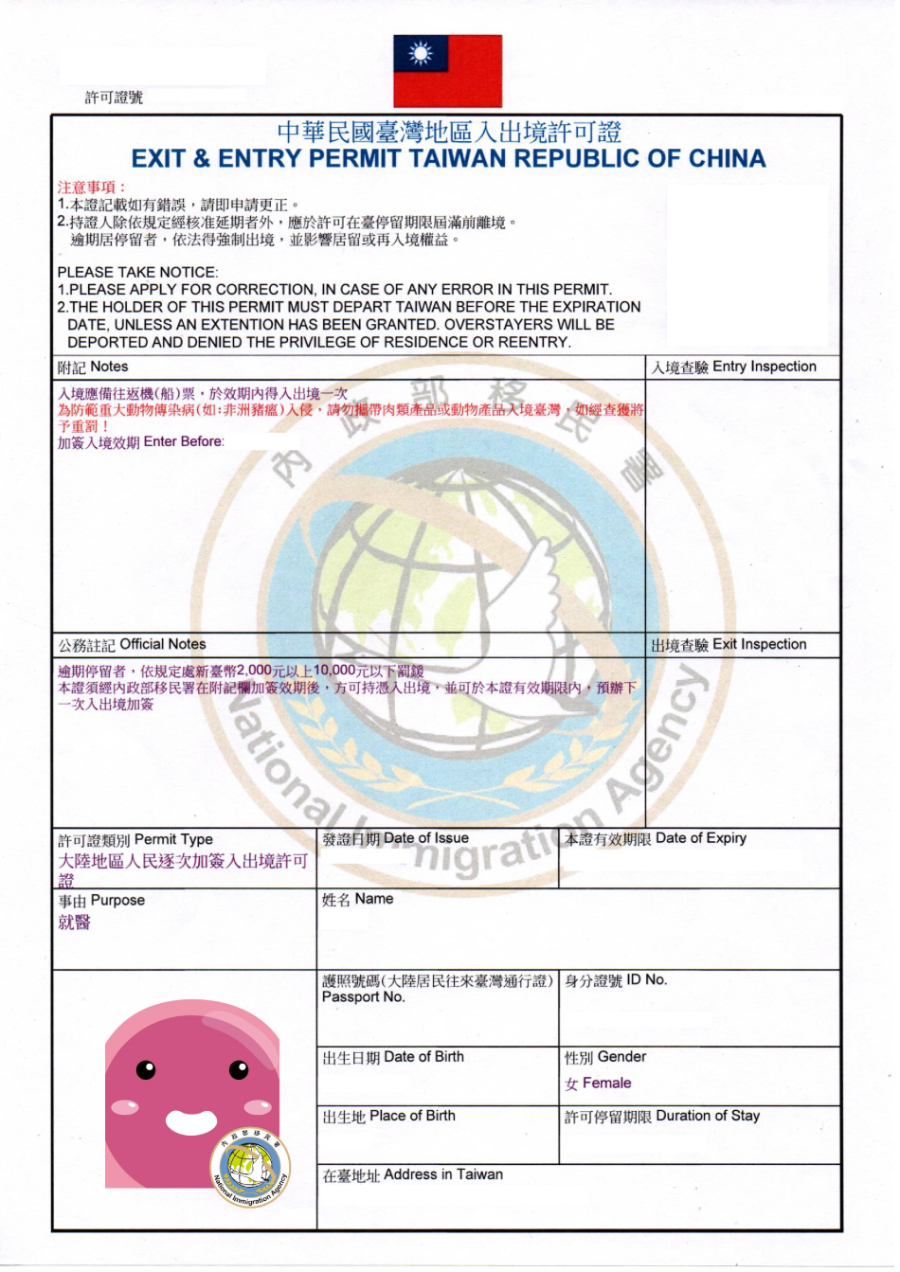service items
IVF(In Vitro Fertilization)

*Based on the physician's opinion
(Day 2-10 of menstruation)
(Day 10-12 of menstruation)
(Usually about 36 hours later)
(Day 12-14 of menstruation)
-Biopsy testing takes approximately 20 days.
(10-12 days after implantation)
To ensure that no precious moment of their little one's growth is missed, parents always love to take photos and videos to capture every milestone.
At GENE INFERTILITY MEDICAL CENTER, we have considered this for all future parents. That’s why, in our laboratory, we provide a specialized environment for embryo development—an independent 24-hour Time-lapse Embryo Monitoring System (Time-lapse Culture System).
Using a high-resolution microscope, we continuously observe the growth of each embryo, recording key developmental stages such as cell division dynamics, morphological changes, and fragment formation. The system captures images at regular intervals, creating a detailed record of embryo development.
Most importantly, this advanced technology allows embryos to grow in a stable environment without the need for frequent movement in and out of the incubator. It enables us to closely monitor each embryo's progress in real-time, helping us select the highest-quality embryos for implantation with greater precision.


24-hour Time-lapse Embryo Incubator not only provides a safe and stable environment for embryo development but also incorporates AI-based Embryo Selection at GENE INFERTILITY MEDICAL CENTER. This advanced system continuously monitors embryo division and growth while integrating global embryo development data. Using AI-driven precise calculations, each embryo is scored and evaluated, offering embryologists a critical reference for assessing embryo quality. Additionally, AI can predict implantation potential, significantly increasing the chances of a successful pregnancy for future parents undergoing IVF treatment.
The second type of 4th Generation IVF technology is NiPGT-A (Non-invasive Preimplantation Genetic Testing for Aneuploidy). This technique analyzes the embryo's culture medium to examine its chromosomal status without the need for embryo biopsy, thereby reducing potential harm to the embryo. However, NiPGT-A is not yet a standard clinical practice and cannot replace traditional PGT-A at this stage. GENE INFERTILITY MEDICAL CENTER has been researching this field for years and has received an Outstanding Oral Presentation Award at a reproductive medicine conference. If NiPGT-A proves to have clinical value in the future, we will promptly integrate it into IVF treatment procedures.
Note: Mitochondrial Replacement Therapy (MRT) is also sometimes referred to as 4th Generation IVF.







